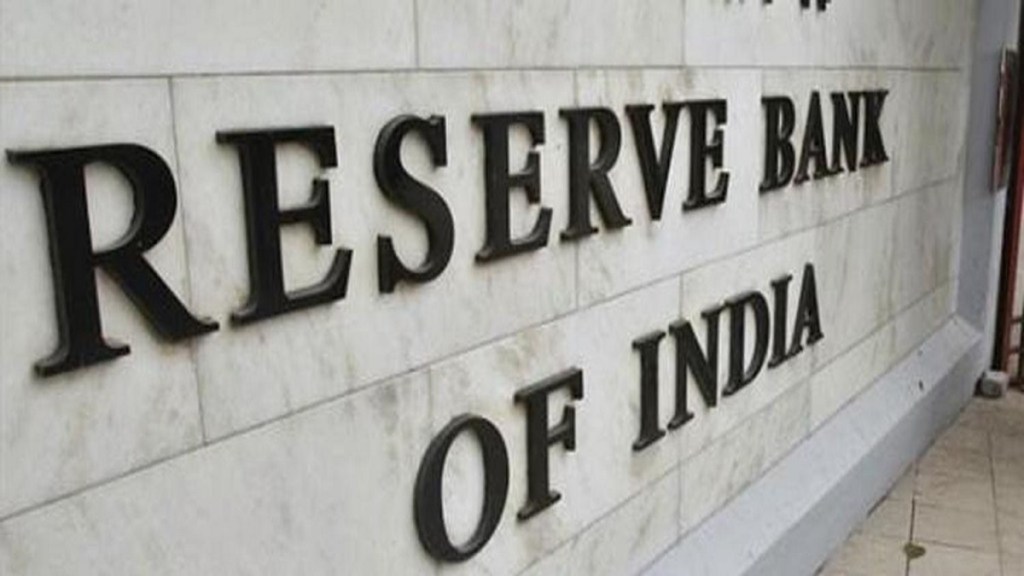By Mahesh Nayak
The Reserve Bank of India’s (RBI) monetary policy stance will continue to support economic growth as inflation is well within its target at 4%, the apex bank’s annual report for FY25 said.
“The relatively benign inflation environment, combined with moderate but steady growth, justifies a monetary policy stance that is supportive of economic expansion,” the report released on Thursday noted.
It also projected a bright future for the Indian economy, with the country expected to maintain its position as the fastest-growing major economy in the world in FY26.
According to the report, the RBI projected India’s real GDP growth at 6.5%, while consumer price index (CPI) inflation forecasted to moderate at 4% — well within the tolerance band.
This suggests that the RBI may go for further interest rate cuts, even as early as the June policy next week, to further boost growth.
Economist and bankers agree on the RBI stance. Suvodeep Rakshit, chief economist at Kotak Institutional Equities, said that now that the inflation is under control and growth is slowing, if not absolutely falling off, it’s an opportune time to prioritise growth without compromising on inflation.
The RBI attributes India’s growth trajectory to strong macroeconomic fundamentals, a resilient financial sector, and the government’s continued focus on sustainable and inclusive development. The report highlights a series of supportive factors, including a revival in private consumption, strengthening balance sheets of both banks and corporates, accommodative financial conditions, and a persistent push by the government towards capital expenditure. These elements are expected to underpin India’s economic momentum well into the next fiscal.
The inflation outlook has improved markedly, driven by multiple favourable developments, including easing global supply chain disruptions, declining international commodity prices, and expectations of a robust agricultural output on back of an above-normal southwest monsoon. Headline inflation eased by 73 basis points, settling at 4.6% in the current fiscal.
The RBI report said that inflation dipped below the target level in both February and March 2025, largely due to a sharp decline in food prices.
The central bank’s commitment to maintaining financial stability, anchoring inflation expectations, and supporting sustainable economic growth is evident in its report. With inflation under control, the RBI is likely to focus on growth.
The other reason is the positive interest rate differentials and the RBI allowing the rupee to appreciate, making room for rate cuts. If the RBI hadn’t allowed the rupee to appreciate, justifying rate cuts would have been challenging.
However, having come off the lows of 87-88, the rupee now around 84.5-85.5 provides flexibility to accommodate depreciation without significant concerns, allowing for a more dovish monetary policy stance.
Last week, the RBI’s bulletin, too, reported the Real Effective Exchange Rate (REER) at 100.8 as of April 2025, down from 101.50 in March 2025 and 103.23 in April 2024, indicating the rupee is fairly valued. REER above 100 usually indicates the currency to be overvalued. With inflation coming down further, economists see the REER declining below 100.
A strong currency and favourable inflation give the monetary policy committee room to cut rates for supporting economic growth. With the markets already pricing in a 25 bps rate cut for the June policy, a treasury head from a private sector bank said: “With today’s report, RBI could even surprise the street by a 50 bps cut.”
While the RBI’s report is optimistic about India’s economic prospects, it also cautions about global uncertainties. Persistent geopolitical tensions, rising protectionism, trade fragmentation, and ongoing volatility in global financial markets could potentially disrupt India’s growth momentum and exert upward pressure on inflation. As the world’s economic landscape continues to evolve, India’s ability to balance internal strengths with external risks will be crucial in sustaining its position as the fastest-growing major economy, it added.

